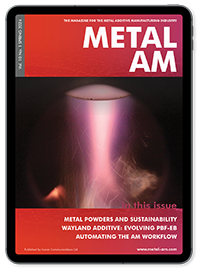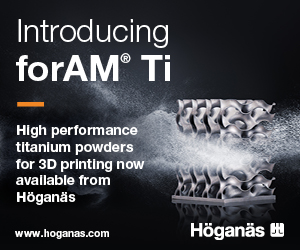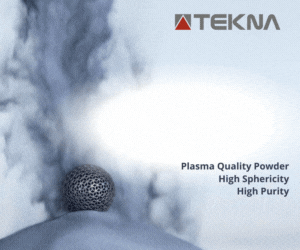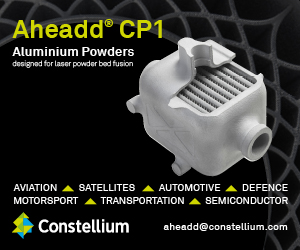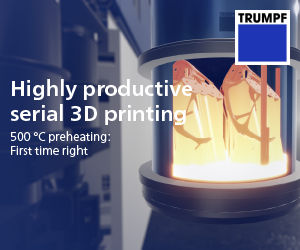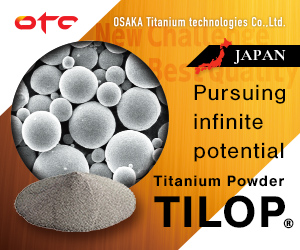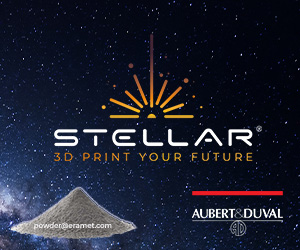3D printing technology advances new alloy development
July 17, 2014
Finding alternatives to rare-earth elements and other critical materials is one of the biggest challenges for clean energy technologies in the 21st century, and scientists at the Critical Materials Institute at the US Department of Energy’s Ames Laboratory believe that 3D printers can play a major part in the solution.
3D printing, which has captured the imagination of both industry and consumers, enables ideas to move quickly from the initial design phase to final form using materials including polymers, ceramics, paper and even food.
The Critical Materials Institute (CMI) will, however, apply the advantages of the 3D printing process in a unique way. CMI scientists are using the printer, as an alternative to traditional casting methods, to streamline the process of bulk combinatorial materials research, producing a large variety of alloys in a short amount of time.
“Metal 3D printers are slowly becoming more commonplace,” said Ryan Ott, Principal Investigator at the Ames Laboratory and the CMI. “They can be costly, and are often limited to small-scale Additive Manufacturing in industry. But for us, this equipment has the potential to become a very powerful research tool. We can rapidly synthesize large libraries of materials. It opens up a lot of new possibilities.”
The CMI printer, a LENS MR-7 manufactured by Optomec of Albuquerque, New Mexico, USA, uses models from computer-aided design software to build layers of metal alloy on a substrate via metal powders that are melted by a laser. Four chambers supply metal powders to the deposition head that can be programmed to produce a nearly infinite variety of alloy compositions. The printing occurs in an ultra-low oxygen glove box to protect the quality of highly reactive materials. In a recent demonstration run, the printer produced a one-inch long, 0.25-inch diameter rod of stainless steel in 20 seconds.
The process, it is stated, will overcome some of the obstacles of traditional combinatorial materials research.
“The problem is that it’s been typically limited to thin film synthesis. These thin film samples are not always representative of the bulk properties of a material. For example magnetic properties, important to the study of rare earths, are not going to be the same as you get in the bulk material,” explained Ott.
Combined with computational work, experimental techniques, and a partnership with the Stanford Synchrotron Light Source (SSRL) for X-ray characterization, scientists at the CMI will be able to speed the search for alternatives to rare-earth and other critical metals.
“Now we have the potential to screen through a lot of material libraries very quickly, looking for the properties that best suit particular needs,” said Ott.
Subscribe to our FREE e-newsletter
Register to receive our FREE e-newsletter:
Useful links: News | Articles | Introduction to metal Additive Manufacturing




